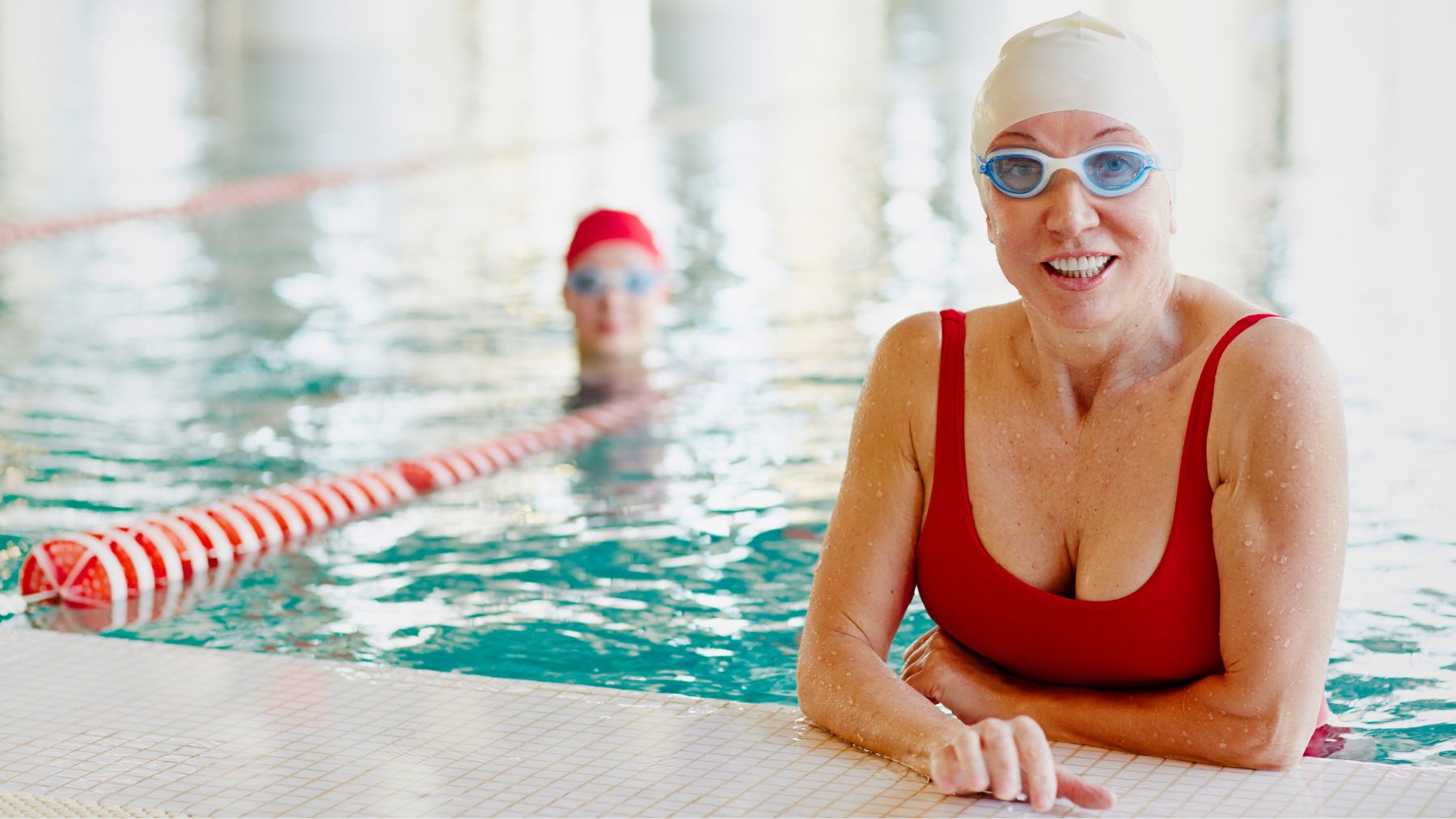Falls are the primary cause of injury among adults aged 65 and older, with over 14 million incidents reported annually in the US. Aquatic therapies—such as water aerobics, and emerging practices like Ai Chi—offer an efficient workout to prevent them.
In the following sections, we’ll explore how Ai Chi diverges from traditional water workouts like swimming and why it is particularly effective in enhancing stability. We’ll also examine how it complements other exercises—from resistance training to flexibility routines—and highlight alternative aquatic activities that bolster mobility and strength.
Ai Chi: an exercise for quiet strength in the water
Ai Chi, a modified, water-based form of Tai Chi, integrates slow, deliberate movements with deep breathing in a physical activity performed in shoulder-deep heated water. Developed to promote relaxation, it builds full-body strength and challenges balance in ways that typical strength training does not.
Unlike lifting weights or other exercises on solid ground, Ai Chi harnesses the natural resistance of water while buoyancy reduces joint strain. This dual benefit enables you to work harder without the fear of falling.
The practice begins with uncomplicated arm and breathing exercises that gradually progress to coordinated, full-body movements. As participants alternate between narrow and wide stances, they continuously test their stability. Over time, this approach trains the body to adjust to uneven surfaces and sudden weight shifts, both common triggers for falls.
Healthcare professionals recommend it because it addresses several fall risks, including weakened leg muscles, impaired balance, and slowed reaction times. Whether offered in group classes or one-on-one sessions, guided practice instills confidence until participants are ready to exercise independently.
Other water workouts for seniors over 65
Ai Chi is renowned for its balance training, and a variety of other water exercises can work synergistically with its benefits. Take a look at these complementary activities:
- Water walking: Walk forward, backward, or sideways in waist-high water. The inherent resistance strengthens the leg muscles, while the water’s support minimizes the risk of falling. Incorporate hand movements to enhance upper-body engagement and coordination.
- Resistance band pulls: Secure a waterproof resistance band to a pool rail. Execute horizontal or vertical pulls to develop arm strength and core stability without straining the wrists or shoulders.
- Standing leg lifts: Grip the pool edge and lift one leg sideways, backward, or forward. The natural water resistance increases hip strength, helping to stabilize gait and reduce fall risk.
- Seated water exercises: Employ a pool chair to perform seated marches or leg extensions. This variant is especially beneficial for those with limited standing endurance.
Whereas conventional workouts might focus on building strength, Ai Chi trains the body to recover swiftly from instability, which helps avert accidental falls on land.
Falls don’t have to be an inevitable part of aging. For seniors seeking a gentle, low-impact method to enhance balance and stability, Ai Chi blends strength-building with balance training and adapts to your abilities. If it sounds like an exercise you would like to try, consult a physical therapist about incorporating it into a personalized regimen.

